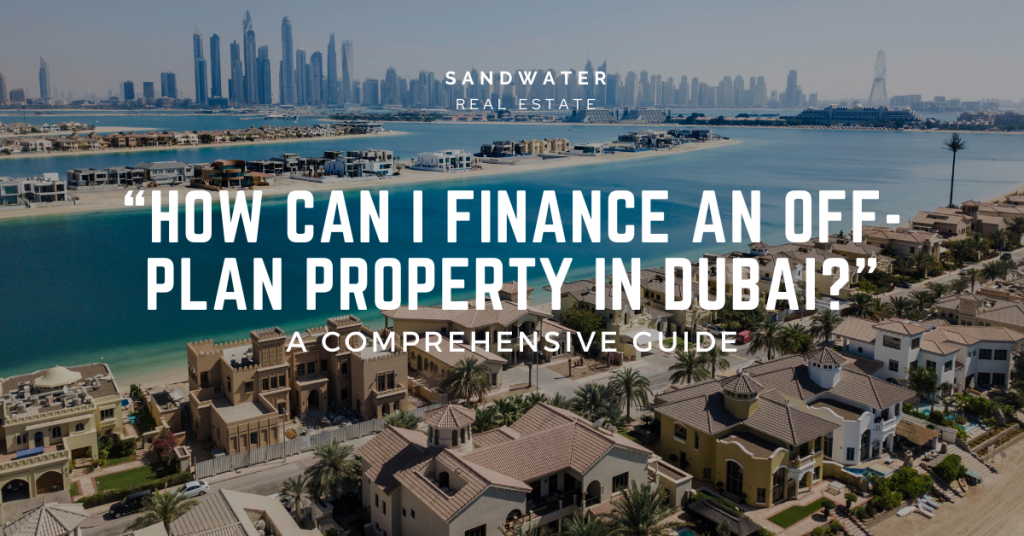Navigating the mortgage process in Dubai can seem daunting, especially for first-time buyers or investors. This guide breaks down the steps to make it simple, actionable, and accessible. Whether you’re a resident or non-resident, understanding the process can help you make informed decisions and secure your dream property in Dubai’s vibrant real estate market.
Step 1: Check Eligibility
Before diving into the property market, ensure you meet the basic eligibility criteria set by lenders.
- Income Requirements: A steady income is essential. Lenders typically assess your debt-to-income ratio to determine affordability.
- Residency Status: Non-residents are eligible for mortgages but may face stricter conditions, such as higher interest rates and lower loan-to-value ratios.
- Age Limit: Most banks have an upper age limit (usually 65 for salaried and 70 for self-employed individuals at loan maturity).
Step 2: Choose a Property
Select a property that aligns with your investment goals and is approved by lenders.
- Ready Properties: Ideal for those seeking immediate rental income or occupancy.
- Off-Plan Properties: These come with flexible payment plans but often require higher equity payments during the construction period. Lenders typically step in at handover to finance the remaining balance.
Step 3: Plan Your Budget
Proper financial planning ensures you’re prepared for all associated costs:
- Down Payment: Typically 20-25% of the property value for residents; non-residents may need 35%.
- Dubai Land Department (DLD) Fees: Expect to pay 4% of the property price as registration fees.
- Agent Commission: Usually 2% of the property price.
- Other Costs: Include valuation fees, mortgage processing fees, and annual property maintenance fees.
Step 4: Check Your Credit Score
A good credit score is crucial to securing favorable mortgage terms. Obtain your credit report from the Al Etihad Credit Bureau (AECB) and address any discrepancies before applying.
Step 5: Compare Mortgage Offers
Shop around to find the best mortgage deal that suits your financial goals.
- Interest Rates: Fixed vs. variable rates can significantly impact your monthly payments.
- Loan Tenure: Longer tenures reduce monthly payments but increase total interest paid.
- Terms and Conditions: Look for hidden charges or early repayment penalties.
Step 6: Get Pre-Approval
A pre-approval letter from your lender strengthens your bargaining position and simplifies the property search.
- Required Documents: Passport, Emirates ID (for residents), proof of income, and bank statements.
Step 7: Finalize the Purchase
Once you’ve chosen a property, sign a Memorandum of Understanding (MOU) with the seller. This agreement outlines the terms of the sale.
- Deposit: Pay a 10% refundable deposit to secure the property.
Step 8: Submit the Mortgage Application
Provide your lender with the MOU and updated financial/property documents to initiate the loan process.
Step 9: Property Valuation
The lender will conduct a professional valuation to determine the property’s market value and finalize the loan amount accordingly.
Step 10: Sign the Loan Agreement
Review the mortgage terms carefully and sign the agreement. Ensure you understand the repayment schedule, interest rates, and any additional fees.
Step 11: Transfer Ownership
Visit the Dubai Land Department (DLD) to transfer the Title Deed to your name.
- Fees to Pay: Include DLD fees, mortgage registration fees, and trustee fees.
- Completion: Once the transfer is complete, the property is officially yours.
Step 12: Start Repayment
Begin your monthly repayments as per the agreed schedule. Many banks offer online platforms to track payments and manage your mortgage efficiently.
Conclusion
Getting a mortgage in Dubai is a straightforward process when broken into manageable steps. By following this guide, you can navigate the complexities of the market with confidence. With high rental yields, tax advantages, and a robust regulatory framework, investing in Dubai real estate offers a lucrative opportunity to grow your portfolio.







